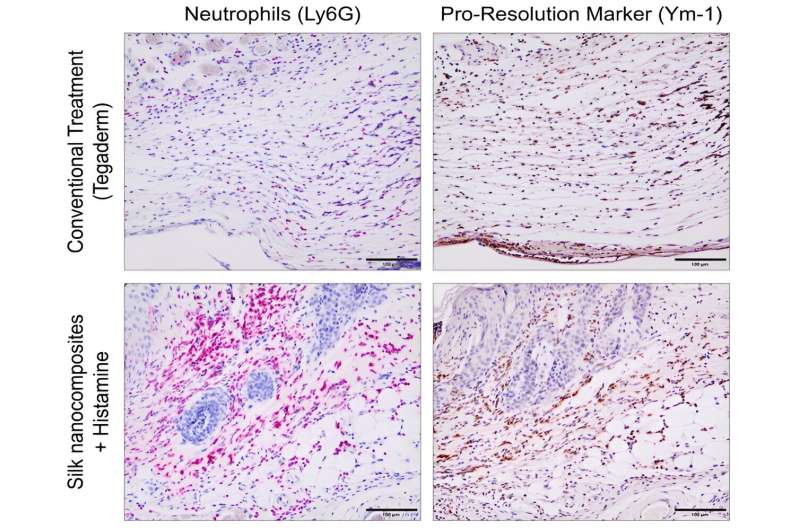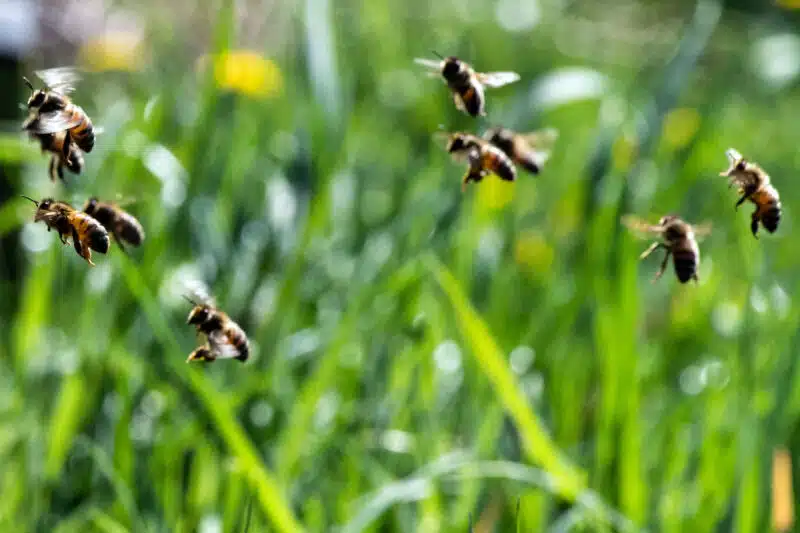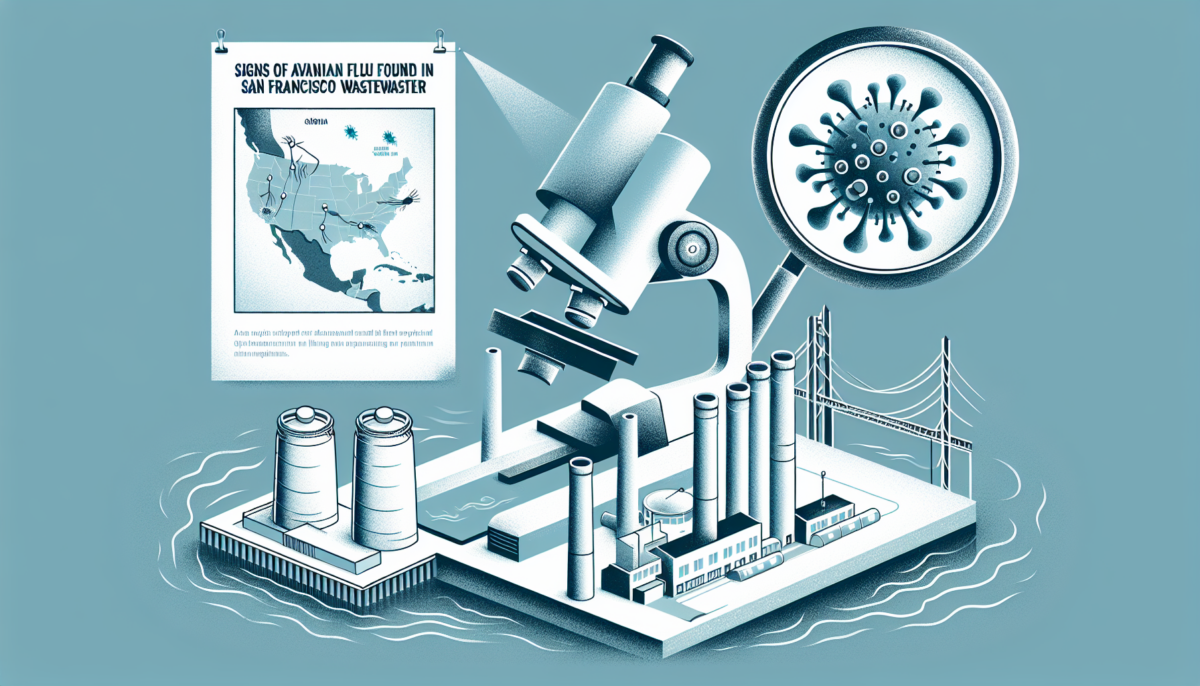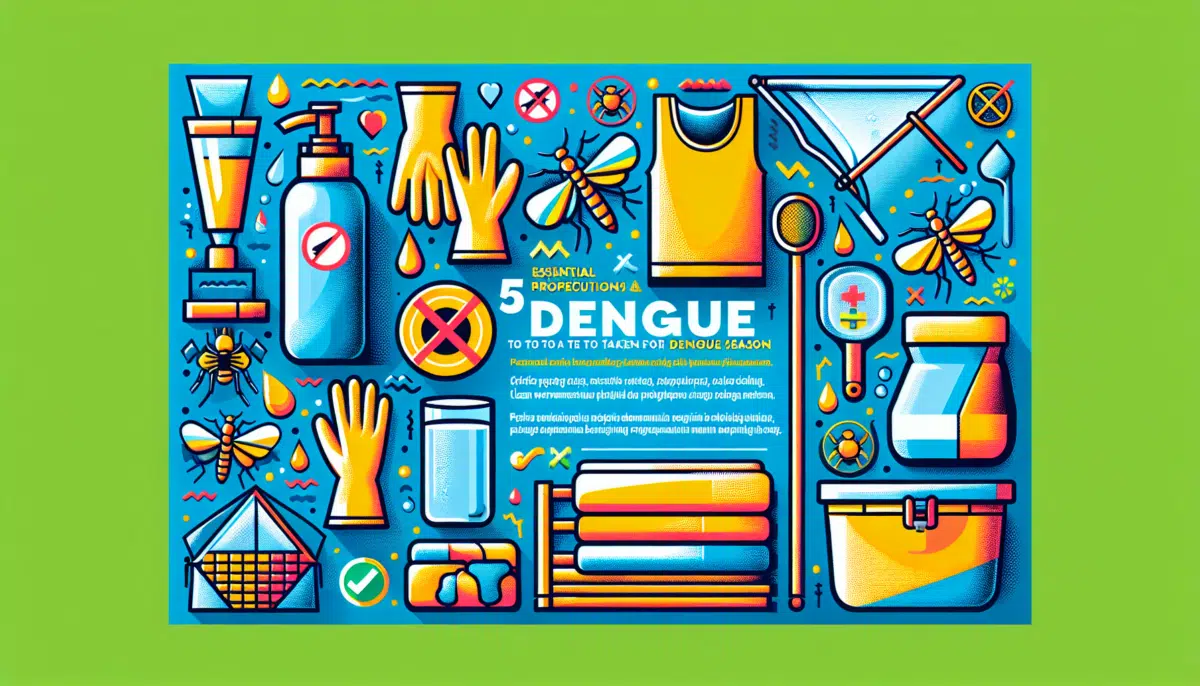<
div>

Healing wounds in diabetic individuals poses challenges due to slow healing processes, making them vulnerable to infections, especially in the feet. Researchers have introduced a novel method to accelerate wound healing.
Arizona State University (ASU) bioengineers have innovated a multi-step strategy involving the application of various nanomaterials at different stages to facilitate early and late-stage healing. This method, detailed in a study published in the journal Biomaterials, outperformed conventional wound dressings in a diabetic mouse model by promoting faster wound closure and robust skin tissue generation.
Co-first author Jordan Yaron, Ph.D., emphasized the importance of applying treatments that align with the wound’s stage, comparing the process to building a house, where laying the foundation first is crucial.
The study indicated that their approach not only expedited the healing process but also activated an immune cell population that typically aids in inflammation resolution, offering new possibilities to enhance healing.
An intricate solution for a complex issue
The conventional practice for wound care involves keeping wounds clean and using dressings for protection. However, this approach is insufficient for conditions like diabetes that impede the healing process. ASU researchers developed a tailored strategy for wound treatment and evaluated its effectiveness against a standard dressing in a diabetic mouse model.
In the initial step, the team created a silk nanomaterial dressing embedded with gold nanorods. Using light-activated gold nanoparticles, they directed a laser at the dressings on fresh wounds in mice, generating heat to seal the wounds swiftly and provide substantial protection.
This technique, previously successful, forms an instant scab-like structure. To enhance this process, the authors introduced histamine, a natural biochemical involved in inflammation, blood vessel development, and immune responses.
Histamine, combined with the nanomaterial dressing, aimed to resolve persistent inflammation common in diabetic wounds, facilitating the subsequent stages of healing.
Monitoring the mice for 11 days revealed that the combination of nanomaterial dressing and histamine led to the fastest healing compared to other treatments. Furthermore, mechanical tests confirmed that the tissue treated with both components exhibited superior strength and resemblance to unwounded skin.
The analysis of tissue samples disclosed the prevalence of a particular immune cell type, N2 neutrophils, even after seven days post-injury. Typically, these cells diminish rapidly, yet their extended presence indicated a remarkable aspect of the treatment’s efficacy.Yaron pointed out that immune cells might be the key to the treatment along with other healing molecules.
The researchers aim to investigate further into why neutrophils are present and how they contribute to the wound healing process.
To enhance the healing process, the team wanted to speed up the phase after inflammation where cells multiply and reshape skin tissue.
In another experiment with mice, the scientists used nanoparticles created earlier from two specific growth factors that aid in skin tissue formation. These nanoparticles were injected at different times into the dressed wound bed, showing that injecting them on the sixth day resulted in the best wound closure and tissue strength outcomes during the phase when tissue remodeling and cell proliferation peak.
The successful outcomes seen in mice have led the researchers to now test their approach on larger animal models like pigs to better represent human health scenarios.
Dr. David Rampulla from the National Institute of Biomedical Imaging and Bioengineering (NIBIB) lauded the research team’s innovative approach, combining bioactive delivery timing and immune response analysis in their study, positioning them well for future advancements.
For more information, the study titled “Bioactive nanomaterials kickstart early repair processes and potentiate temporally modulated healing of healthy and diabetic wounds” was published in Biomaterials (2024). DOI: 10.1016/j.biomaterials.2024.122496






